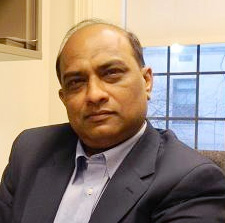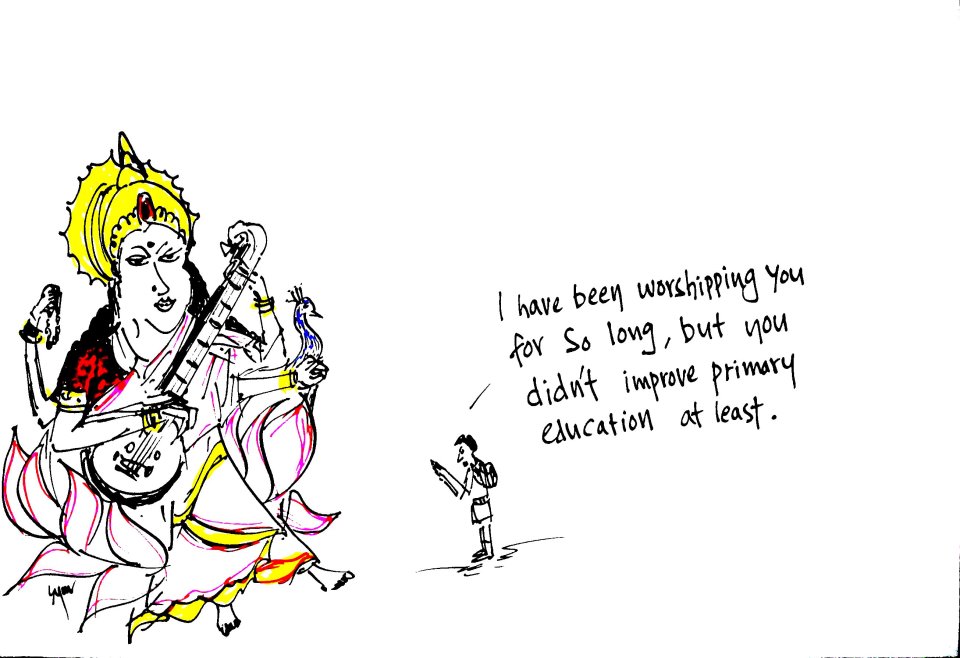Shafiullah Anis
 Douglas Holt, former Professor of Marketing, Harvard Business School, says cultural brands are “built according to principles entirely different from those of conventional marketing. Cultural brands win competitive battles not because they deliver distinctive benefits, trustworthy service, or innovative technologies (though they may provide all of these). Rather, they succeed because they forge a deep connection with the culture. In essence, they compete for culture share.”
Douglas Holt, former Professor of Marketing, Harvard Business School, says cultural brands are “built according to principles entirely different from those of conventional marketing. Cultural brands win competitive battles not because they deliver distinctive benefits, trustworthy service, or innovative technologies (though they may provide all of these). Rather, they succeed because they forge a deep connection with the culture. In essence, they compete for culture share.”
Cultural branding is branding of symbolism and powerful myths. There are rituals involved in consumption of such brands that make them truly iconic. When individuals achieve the iconic status, such as Ronald Reagan, Marilyn Monroe and Princess Diana, people feel compelled to make these icons part of their lives because, through icons, they’re able to experience powerful myths continually. Cultural brands can be rebellious, creative or libertine, depending upon the socio-political environment and society’s prevailing ideologies and institutions.
Like most of the icons, PM Modi represents a disrupter in the established political landscape of Lutyens’ Delhi. As an outsider with strong roots in RSS, he had to dethrone every serious competition in his own party before being accepted by the masses in pre-election run-ups. And once the campaign began, Modi surpassed all his opponents with a clear edge that was rightly called as ‘Modi wave’ in the mainstream media. The prospective BJP government, thereafter, was always referred to as “Modi Sarkar”. The opponents and mainstream media nonchalantly accepted the larger than life narrative of iconic Modi. The slogans like “Bahut hui Mahengai ki maar, Ab ki baar Modi sarkar” and “Har har Modi, ghar ghar Modi” carried the sublime message that there is only one man who could cure the maladies of the country. This was the birth of iconic brand Modi.
Indeed, this meant dependence on a powerful myth of a single man with Messiah like powers, and it was the work of cleverly crafted, marketing genius. The default style of Narendra Modi’s style of working was projected through a presidential style election campaign, where the party and its ideology took a back seat. A lot of symbolism was used to the benefit of this marketing strategy.
In a 2015 study, Prof. Sanjay Srivastava, Sociologist at Institute of Economic Growth, has remarked that Narendra Modi’s public image was full of masculinity, projected to be “of a ‘manly’ leadership style: efficient, dynamic, potent, and capable of removing all policy-roadblocks. The image was created in contrast to his “impotent” predecessor, Dr Manmohan Singh, and more generally against an “effeminate” Indian type who is unable to strike hard at both external enemies (Pakistan and China, say) and internal threats.” The “56-inch-chest” was symbol of a new masculinity that was destined to solve all the problems that had infested “Mother India” and her nationalistic traditions.
A cultural branding strategy does not always ensure success. There has to be a demand-side for the acceptance of the product being marketed. Narendra Modi became the right product with a perfect marketing strategy to be launched in a demand created in the era of populist politics. If we look into the theories of mass-support for populism, economic insecurity and cultural backlash are main demand side factors. In Indian scenario, the economic insecurity that gave rise to populism has its roots in neo-liberal economic policies of previous governments, resulting in income disparity and corruption. Despite some positive impact of post-liberalization India on the privileged middle class, the socio-economic situation of majority of Indian citizens has not improved significantly. The level of corruption as perceived by populace had crossed all precedents during the last two terms of UPA government.
This inequality among the masses had become drastically visible in the age of technology and social media. Similarly, the so-called secular political parties were seen as a source of failure in controlling cross-border terrorism and thus at the receiving end of the cultural backlash of the majority community. This cultural backlash was so severe that “sickularism” not only became a cuss-word on social media but was also interpreted as the source of repression of majority Hindu community. Sensing the mood of the country, the Modi campaign sailed on this economic despondency and cultural backlash with the idea of “development” and Hindu-Nationalism modeled on his Gujarat tenure. When the demand matched an apt strategy, the result was a thumping victory.
Demonetization: Myth, symbolism, ritual and sacrifice
As Douglas Holt suggests, cultural brands embody not just any myth but myths that attempt to resolve acute tensions people feel between their own lives and society’s prevailing situation. And it is quite safe to assume that “surgical strikes” were designed to resolve this tension within the voters, who expected a strong response to cross-border terrorism. The popular campaigns such as Swachh Bharat and Make in India were perceived to be good but not adequately earth-shattering. An evidence of the public perception can be gauged from the lukewarm reception of “desh badal raha hai” campaign that was launched by the government on its second anniversary. Public demanded a strong action, an action against those who prevented “Mother India” from achieving her “super power” status. Corruption and black money became the became the site of another “surgical strike”
It needs to be noted that the demonetization exercise had all the important ingredients of cultural marketing. The “symbolism” of high value cash as “evil” was already present in popular narratives. The “myth” that removal of high denomination bills will kill corruption of filthy rich people amassing illegal wealth. Thus, demonetization became a “yagna”, a ritual, which involved every individual of the country to participate. This exercise also had the potential to touch each and every individual in the country. It required the citizen’s collective participation in the nationalist act of “sacrifice”. Every minute spent in the queues outside the banks was the sacrifice made for the cause of the nation-building. “Demonetization was embodied nationalism”, said an anthropologist to me. Unfortunately, the marketing strategy of the scheme could not compensate for its lack of economic sense.
Most of the economists and experts believe that the scheme was designed without any economic fundamentals and lacked the preparation required for massive implementation across the length and breadth of the country. There is no doubt that the scheme failed majestically with more than 100 lives lost, and jobs and employment lost by millions, mostly belonging to lower strata of the society.
On New Year’s eve, while delivering his speech, Narendra Modi not only lacked his usual flair with words, but also his lack of confidence was visible in his tired shoulders and visibly paler face. His speech lacked anecdotes, word-play and humor. Instead, PM chose to dive into details about the sops that he offered to farmers, women and elderly, perhaps, as an unarticulated compensation to the sufferers. In marketing parlance, the brand Modi did not improvise its delivery, but rather went for a price-discounting scheme.
It is still too early to say whether the Modi-myth that was created with an excellent marketing strategy has broken or not. Demonetization, however, has impacted Modi’s image of an efficient and effective administrator, the foundation of ‘masculinity’ of his brand. The economic insecurity and cultural backlashes have not reduced in the last two and half years. This may warrant creation of a space for populism again, something we refer to as anti-incumbency, and the dissatisfied consumers of brand Modi, the voters, may start looking for another populist leader to fill this gap created.
~~~
Shafiullah Anis is an IIM Lucknow alumnus, Urdu Poet and a Researcher interested in the Marketplace, Society, and Culture. Email: shafiullahanis@gmail.com










